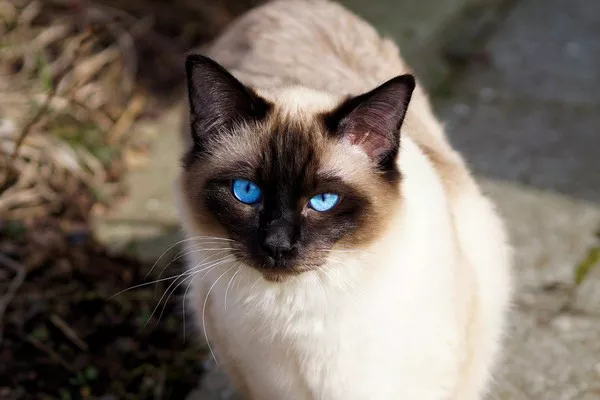Feeding our feline friends a balanced and nutritious diet is essential for their overall health and well-being. As cat owners, we often wonder if certain human foods are safe for our pets to consume. One such food that frequently comes into question is tuna. Tuna is a popular seafood choice among humans and can be found in various forms, such as canned or fresh. In this article, we will delve into the topic of feeding tuna to cats and explore the potential benefits and risks associated with it.
Understanding a Cat’s Nutritional Needs:
Before discussing the specifics of feeding tuna to cats, it is crucial to understand their unique nutritional requirements. Cats are obligate carnivores, which means they primarily thrive on a diet composed of animal-based proteins. They have specific dietary needs that differ from those of omnivores or herbivores. Essential nutrients for cats include high-quality protein, certain vitamins (such as vitamin A and niacin), minerals (such as calcium and phosphorus), and fatty acids like omega-3 and omega-6.
The Pros of Feeding Tuna to Cats:
Tuna is a good source of protein, and it also contains beneficial omega-3 fatty acids. These fatty acids contribute to a healthy coat and skin, aid in brain development, and support cardiovascular health. Additionally, tuna is generally low in carbohydrates, which can be beneficial for cats that require a low-carb diet due to certain health conditions like diabetes. The smell and taste of tuna may also be appealing to cats, making it an excellent option for enticing finicky eaters or as an occasional treat.
The Cons of Feeding Tuna to Cats:
While there are potential benefits to including tuna in a cat’s diet, it is crucial to be aware of the risks and limitations associated with it. One of the primary concerns with feeding tuna to cats is mercury contamination. Tuna, especially larger species like albacore or bluefin tuna, can contain high levels of mercury, which is toxic to cats if consumed in excessive amounts over time. Mercury poisoning can lead to neurological issues, including tremors, loss of coordination, and even organ damage.
Another concern is the potential imbalance in a cat’s diet when relying solely on tuna. Cats require a diverse range of nutrients that may not be adequately met by an exclusive tuna-based diet. For instance, tuna lacks certain essential vitamins and minerals like vitamin E, vitamin B12, and calcium, which are vital for a cat’s overall health. Feeding an unbalanced diet can result in nutritional deficiencies or imbalances, leading to long-term health problems.
Additionally, some cats may develop an adverse reaction to tuna, such as an allergic response. Common symptoms of food allergies in cats include gastrointestinal upset (vomiting or diarrhea), skin irritation or itching, and respiratory issues. If you notice any signs of an allergic reaction after feeding your cat tuna, it is important to consult with a veterinarian.
Safe Ways to Feed Tuna to Your Cat:
If you decide to incorporate tuna into your cat’s diet, it is crucial to do so in a safe and controlled manner. Follow these guidelines to ensure that your cat can enjoy tuna without compromising their health:
1. Moderation is key: Tuna should only be given to cats as an occasional treat or as part of a balanced diet. It should not replace their regular cat food.
2. Choose low-mercury options: Opt for light tuna rather than albacore or bluefin tuna, as it generally contains lower levels of mercury.
3. Prepare it properly: If using canned tuna, select varieties that are packed in water rather than oil or brine. Rinse the tuna thoroughly to remove excess salt or oil. Avoid seasoning or using flavored tunas that may contain additional ingredients harmful to cats.
4. Mix it with cat food: Instead of feeding your cat plain tuna, consider adding a small amount to their regular cat food as a topper. This will ensure they receive a balanced meal while enjoying the taste of tuna.
5. Consult with a veterinarian: If you have any concerns about feeding tuna to your cat or need guidance on portion sizes, consult with a veterinarian who can provide personalized advice based on your cat’s specific needs.
Conclusion:
While tuna can be a tasty and nutritious addition to a cat’s diet when fed in moderation and with caution, it should not be the sole or primary source of nutrition. A balanced commercial cat food that meets all of a cat’s nutritional requirements is the best foundation for their well-being. Remember to prioritize your cat’s health and consult with a veterinarian before making any significant changes to their diet.
























